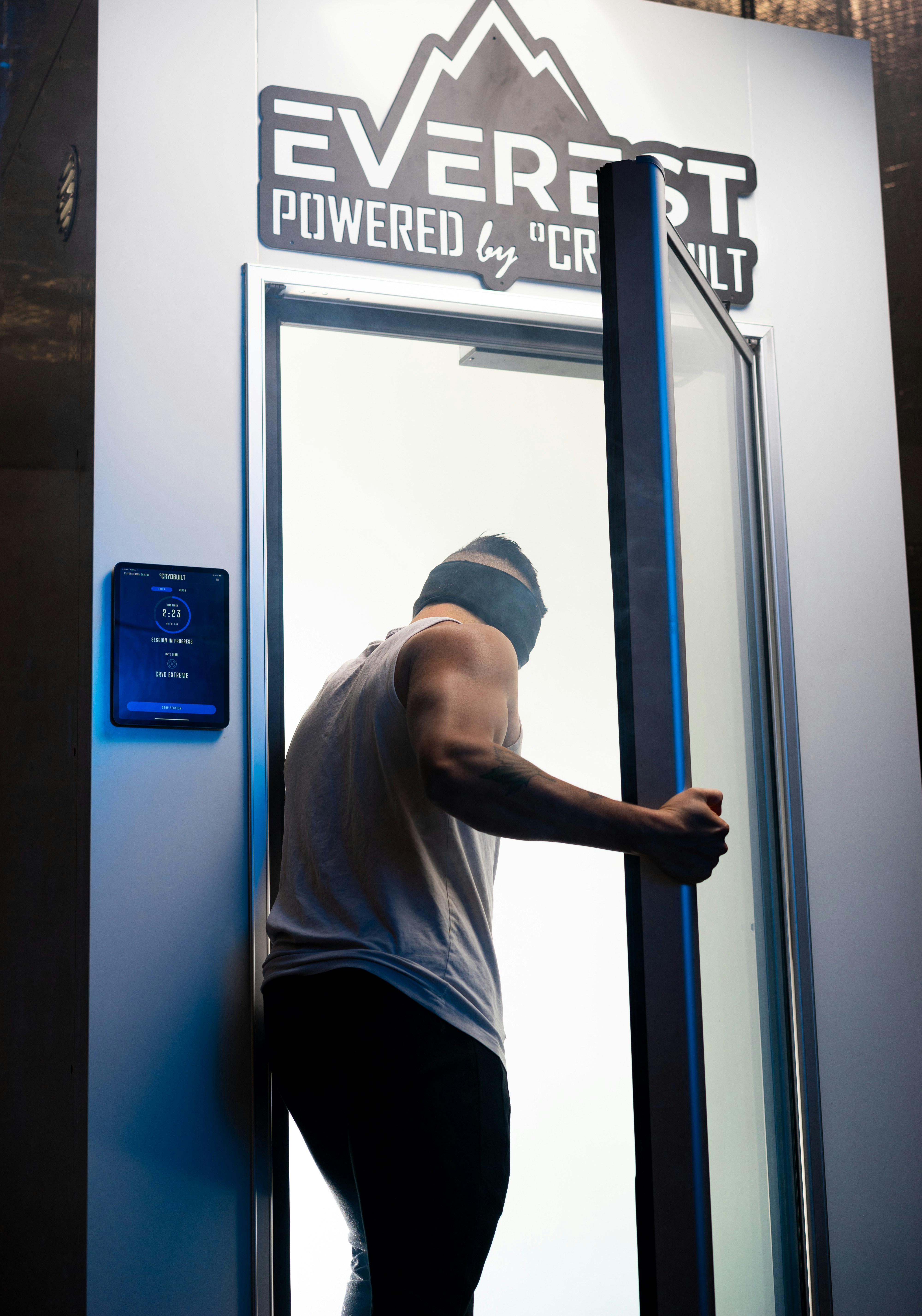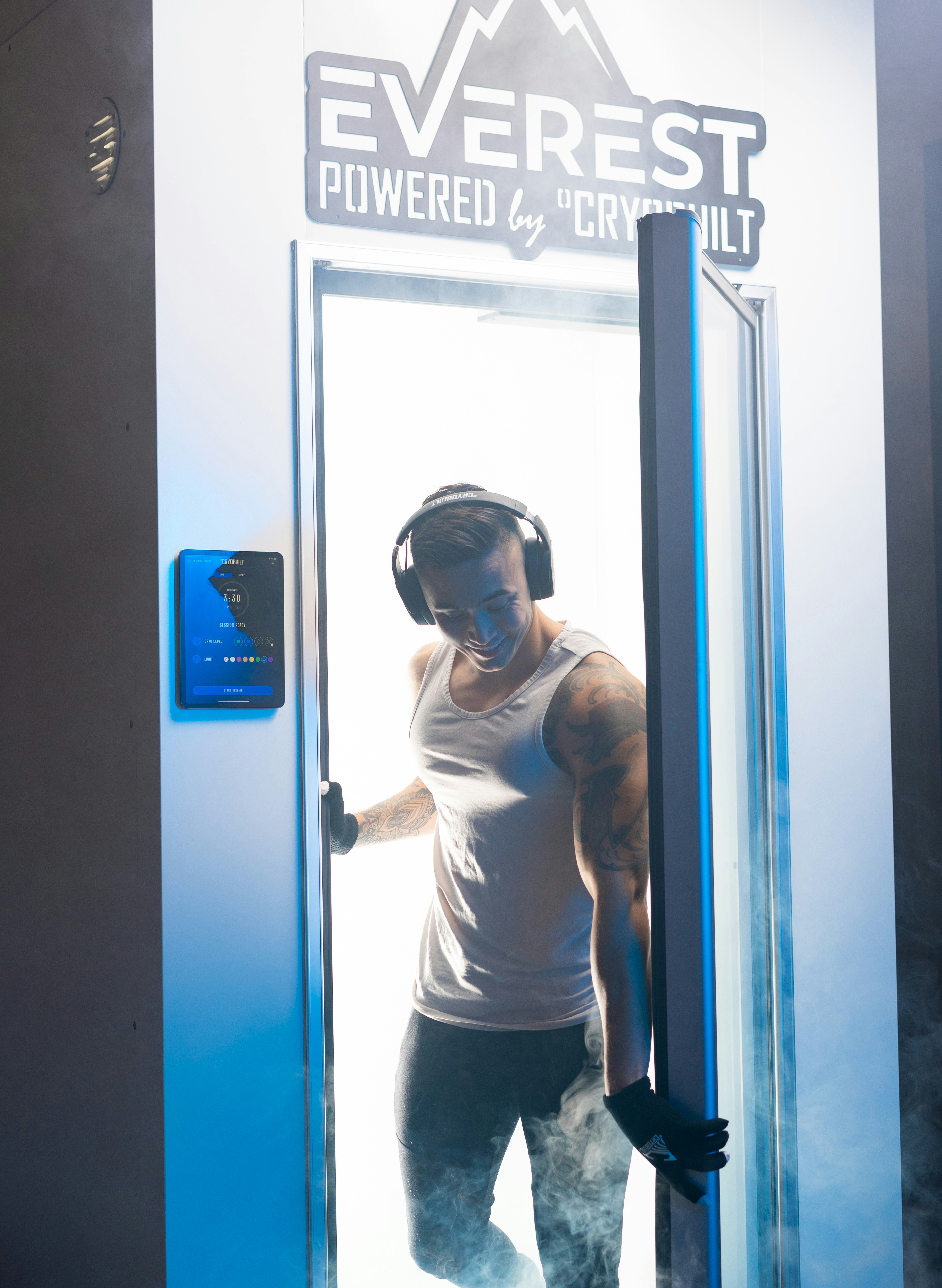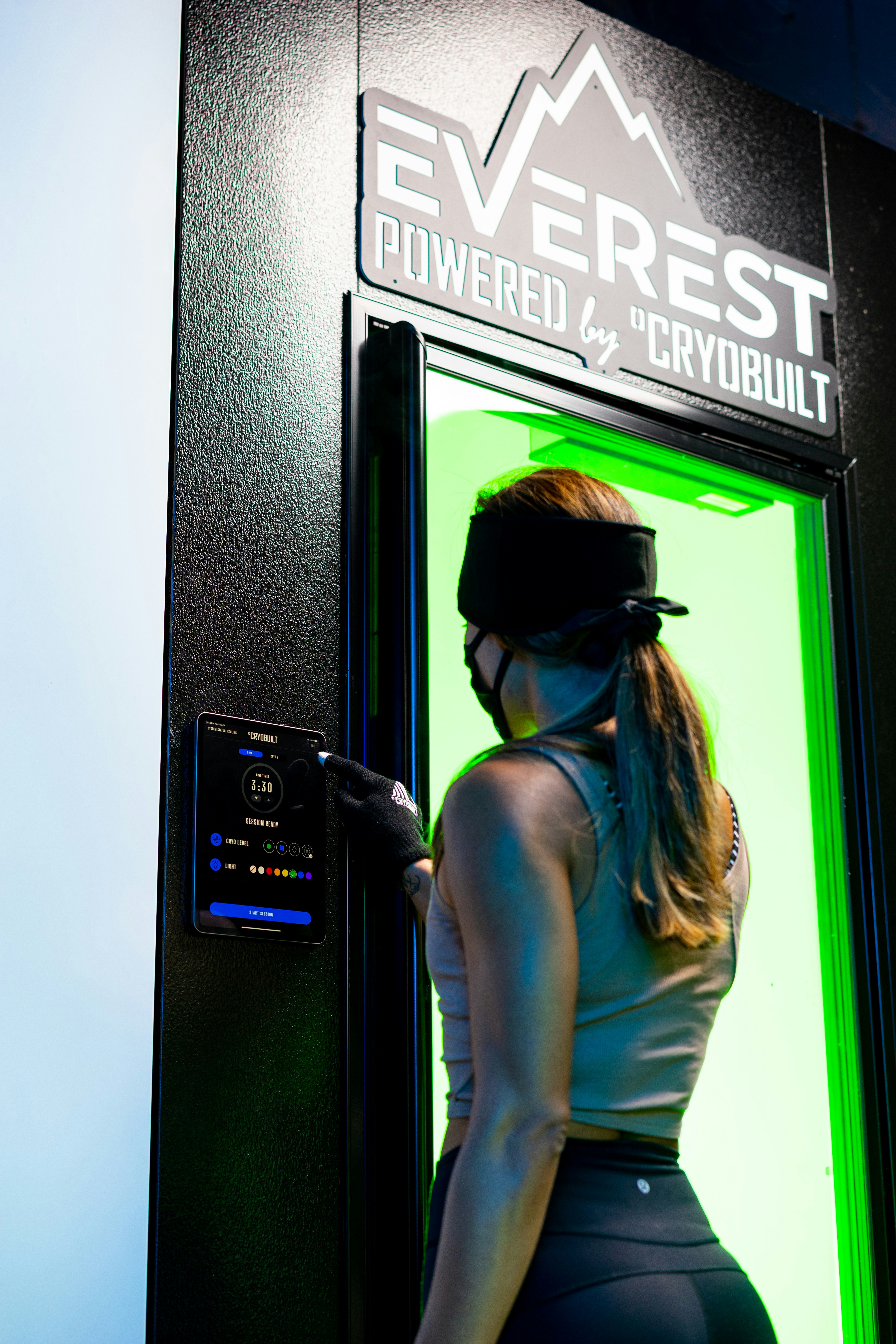Have you ever wondered how strength athletes recover so effectively after pushing their bodies to the limit? The secret might not be as complex as you’d think—it could lie in something as straightforward as cold exposure. It’s a practice that has been gaining more attention in recent years, sparking interest and curiosity around its potential benefits. In this article, we will explore how cold exposure can be a powerful tool for recovery in strength athletes, enhancing their performance and longevity in the sport.
Understanding Cold Exposure
Cold exposure involves exposing the body to cold temperatures for a specific period. This can take many forms, such as ice baths, cold showers, or cryotherapy. The practice is not just a test of endurance against the chill, but a calculated technique aimed at harnessing the body’s natural responses to cold for various health benefits. By understanding the mechanisms behind cold exposure, you can appreciate how it aids in recovery for strength athletes.
The Science Behind Cold Exposure
The core principle of cold exposure lies in its ability to reduce inflammation and promote efficient recovery. When your body is exposed to cold, it triggers a vasoconstriction response—your blood vessels narrow to conserve heat. This process can help reduce inflammation and swelling in stressed muscles, providing relief and promoting faster recovery. Moreover, cold exposure stimulates the production of norepinephrine, a hormone that plays a crucial role in managing inflammation and pain.
Types of Cold Exposure
Here are some common methods used by athletes to incorporate cold exposure into their recovery routines:
| Type | Description |
|---|---|
| Ice Baths | Immersing the body in ice-cold water for short durations. |
| Cold Showers | Taking showers at cool or cold temperatures. |
| Cryotherapy | Using a cryotherapy chamber for a few minutes at low temperatures. |
Each method varies slightly in its approach and intensity but shares the goal of leveraging cold to enhance physical recovery.
The Benefits of Cold Exposure for Strength Athletes
Cold exposure is increasingly recognized for its benefits beyond just an invigorating challenge. For strength athletes, this practice can be quite transformative. Incorporating cold exposure into your routine can not only aid in quicker muscle recovery but also improve your overall performance over time.
Reducing Muscle Soreness
One of the most immediate and appreciated benefits of cold exposure is the reduction of muscle soreness. After an intense workout, your muscles are likely to feel fatigued and sore due to tiny tears in the muscle fibers and subsequent inflammation. Cold exposure helps to mitigate these effects, reducing delayed onset muscle soreness (DOMS) and allowing you to return to training sooner and with less discomfort.
Enhancing Performance
By aiding in faster recovery, cold exposure allows strength athletes to train more consistently and effectively. Reduced recovery time means you can maintain a more rigorous workout schedule, ultimately leading to better performance gains. Furthermore, regular cold exposure can enhance your mental resilience, a crucial aspect of not only enduring chilly environments but also pushing through challenging workouts.
Mental Resilience and Focus
Beyond the physical benefits, exposing yourself to cold conditions can also build mental resilience. The practice requires a certain degree of commitment and mental toughness, skills that are transferable to various aspects of strength training. By continually challenging yourself in cold environments, you enhance your ability to maintain focus and composure during stressful situations, both in and out of competition.
How to Integrate Cold Exposure into Your Recovery Routine
Integrating cold exposure into your routine is more than just a matter of bracing the chill; it is about creating a sustainable and effective recovery practice. Understanding how to safely and comfortably incorporate cold exposure will enhance your experience and maximize benefits.
Starting Slow
If you’re new to cold exposure, starting slow is key. Begin with shorter durations at slightly colder temperatures and gradually increase over time as your body becomes accustomed. For instance, you might start with a 30-second cold shower, gradually increasing the duration as tolerated. It’s crucial to listen to your body and avoid pushing beyond your comfort zone, as overstressing can lead to adverse effects.
Choosing the Right Method
Selecting the method that best fits your lifestyle and recovery needs is essential. If you have less time to allocate for recovery, a quick cold shower might be the most practical option. On the other hand, if you have access to a professional recovery center, cryotherapy can offer a more immersive experience without requiring much time. For those who enjoy a post-workout routine at home, an ice bath could be an excellent choice to soothe tired muscles.
Frequency and Duration
Consistency is vital to experiencing the full benefits of cold exposure. However, it’s important not to overdo it. Aim for a balanced routine; perhaps you might begin with cold exposure 2-3 times a week, assessing how your body responds. As you gain more experience and your comfort with the practice grows, you may adjust the frequency and duration to align with your recovery needs and goals.
Safety Considerations
While the benefits of cold exposure are promising, it’s important to approach the practice carefully. Ensuring safe conditions and proper techniques can help you reap the benefits without risking injury.
Understanding Your Limits
It’s essential to understand your body’s limits and respond to any warning signs. Extreme cold exposure can lead to hypothermia or frostbite if not managed properly. Monitoring how your body responds to cold exposure and tailoring the intensity and duration accordingly will ensure a safe and beneficial experience. If at any time you feel dizzy, numb, or excessively uncomfortable, it’s wise to cease the activity and warm up.
Consulting Professionals
Before embarking on a regular cold exposure routine, consulting with a healthcare or fitness professional can provide guidance tailored to your specific health needs and athletic goals. They can offer personalized recommendations and strategies to safely incorporate cold exposure into your recovery program.
The Science Supporting Cold Exposure’s Effectiveness
There’s a growing body of research examining the effectiveness of cold exposure for athletic recovery. Understanding the scientific framework behind this practice underscores its potential as a valuable recovery tool.
Research on Inflammation and Recovery
Several studies point to cold exposure as an effective means to reduce inflammation and speed up recovery. For example, a study published in the Journal of Athletic Training highlights the reduction of muscle damage and soreness when athletes applied ice baths post-exercise. These findings support the practice as a legitimate recovery tool for athletes aiming to expedite their return to peak performance.
The Role of Adaptation
Cold exposure can also promote physiological adaptation over time. Just as muscles adapt to the stress of strength training by becoming stronger, your body can adapt to cold exposure by improving its ability to manage stress and inflammation. This adaptability can contribute to long-term improvements in both physical performance and recovery efficiency.
Testimonials from Strength Athletes
Many strength athletes swear by the benefits of cold exposure, sharing their experiences and supporting the practice’s relevance in rigorous athletic regimens. Testimonials provide practical insight into how cold exposure is leveraged across various types of strength activities.
Stories of Success
Athletes from various disciplines—from weightlifting to CrossFit—report enhanced recovery and performance as a result of regular cold exposure. Athletes have shared stories of reduced downtime between training sessions, improved mental focus, and even heightened discipline and resilience. These anecdotes reflect the potential cold exposure holds in an athlete’s journey, offering a more balanced and sustainable approach to training.
Diversifying Recovery Practices
For strength athletes, recovery is multifaceted, and integrating diverse methods can optimize the benefits. Cold exposure serves as a complementary practice, supplementing other recovery strategies such as proper nutrition, hydration, and rest, creating a holistic recovery routine catered to the demands of strength training.

Conclusion
The practice of cold exposure offers strength athletes a unique method to enhance recovery, improve performance, and build mental resilience. By understanding and safely integrating cold exposure into your routine, you can unlock its potential benefits and push your training to new heights. As you consider incorporating cold exposure into your regimen, remember to prioritize safety, individual tolerance, and consistency to achieve the best results. Through thoughtful application and an open mind, cold exposure might just become a pivotal aspect of your athletic journey.




